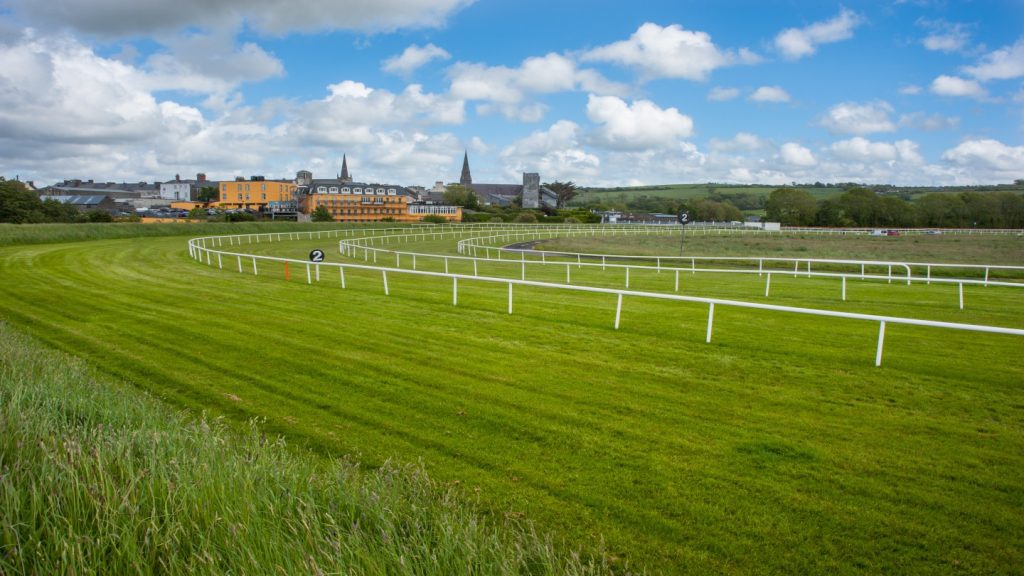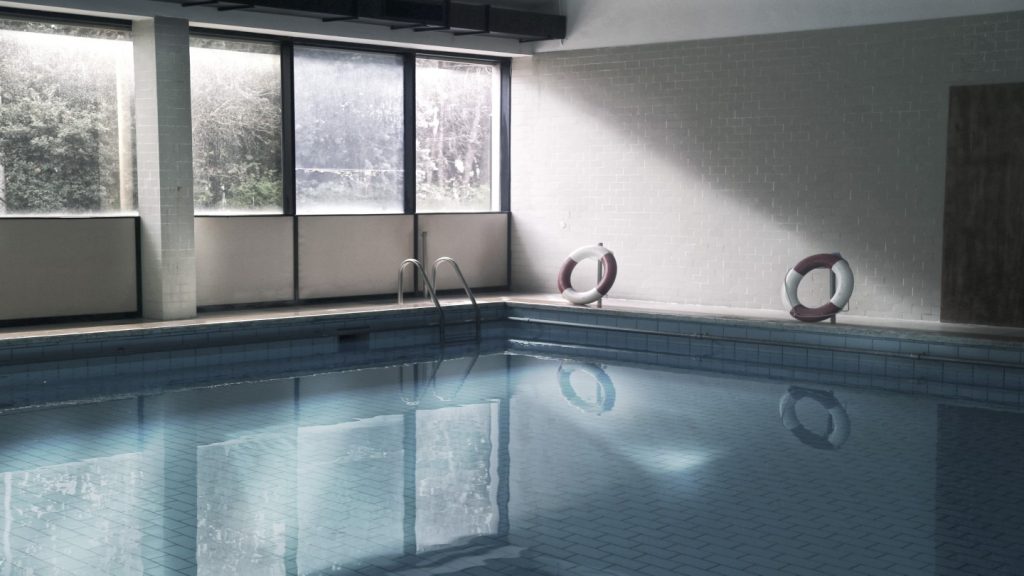Since it was first awarded in 1979, 35 architects from 17 countries have collected the prestigious Pritzker Architecture Prize. Some have received it as a lifetime achievement award, while for others it has been for their continuing efforts in the architecture sector. All have been top names in their fields with their work gracing the landscape of the world’s most spectacular cities.
Here, Design Build Network looks at all the winners who can call themselves Pritzker laureates.
2010 Kazuyo Sejima and Ryue Nishizawa
The Japanese partnership was praised by the jury for making it impossible to establish who was responsible for any particular aspect of any project. While the majority of their work is in Japan, they have recently become recognised in the US and Europe with the creation of the Glass Museum in Ohio, US, and the Rolex Learning Centre in Switzerland.
The 2010 Pritzker Architecture Prize was the third time the jury has chosen to honour two architects and only the second time partners in a firm have been awarded the prize.
See Also:
Sejima and Nishizawa, and their firm SANAA, have been operating for 15 years. Their straightforwardness, economy and the restraint demonstrated in their designs was singled out by the jury.
How well do you really know your competitors?
Access the most comprehensive Company Profiles on the market, powered by GlobalData. Save hours of research. Gain competitive edge.

Thank you!
Your download email will arrive shortly
Not ready to buy yet? Download a free sample
We are confident about the unique quality of our Company Profiles. However, we want you to make the most beneficial decision for your business, so we offer a free sample that you can download by submitting the below form
By GlobalData2009 Peter Zumthor
Having started his career as a cabinet maker in Switzerland, Zumthor has often kept out of the mainstream of modern architecture. Many of his structures are in his native country and he makes full use of the spectacular scenery as much as he does his designing talents. Among Zumthor’s designs is a protective housing for Roman excavations in Chur, Switzerland.
2008 Jean Nouvel
The use of light and opacity is a constant theme in Nouvel’s designs and was a contributing factor in his winning of the Pritzker Prize. His most important work includes the Arab World Institute, the Cartier Foundation for Contemporary Art both in Paris and the Agbar Tower in Barcelona, Spain.
2007 Richard Rogers
Having built the National Assembly for Wales in Cardiff and the Lloyds of London building in the UK, Rogers has certainly left his mark on Great Britain. Working with fellow laureate Renzo Piano, Rogers has established a reputation as a master of large urban buildings.
2006 Paulo Mendes da Rocha
Brazilian-born de Rocha became the first South American to win the award since 1988 in 2006, when his talent for understanding the poetics of space was recognised by the jury. His work, which is largely situated in Sao Paulo, includes the Brazilian Museum of Sculpture and the Paulistano Athletic Club.
2005 Thom Mayne
Praised for the Caltrans District 7 Headquarters and the Science Education Resource Centre in Los Angeles, Mayne’s work has now spread worldwide. From the Hypo Alpe-Adria Centre in Austria to student housing in Toronto, Canada, he is seen as one of the most truly original artists of his generation.
2004 Zaha Hadid
As if becoming the first woman to win the Pritzker prize was not enough, Hadid was also born in Baghdad, making her the first Middle Eastern person to collect the award. Her most famous projects include the Mind Zone in the UK’s Millennium Dome, the BMW Central Building in Leipzig, Germany, and the Bergisel Ski Jump in Innsbruck, Austria.
2003 Jørn Utzon
Despite being Danish, Utzon was heavily influenced by Asian and Arabic culture. Undoubtedly, however, his most famous work was the Sydney Opera House, Australia, which still dominates the harbour.
2002 Glenn Murcutt
Praised for his environmental, ecological and humanitarian approach to architecture, Murcutt became the first Australian to win the prestigious award. He left the modern world of city architecture and focused on the great outdoors, taking full advantage of land, water and a variety of materials.
Murcutt’s most famous buildings include the Berowra Waters Inn and the Arthur and Yvonne Boyd Art Centre, both in New South Wales, Australia.
2001 Jacques Herzog and Pierre de Meuron
For the first time, the Pritzker jury chose to honour an architectural partnership, singling out London’s Tate Modern as their highest profile project. Herzog and de Meuron had parallel careers since being born in Basel, Switzerland, going on to attend the same school and forming the partnership in 1978.
2000 Rem Koolhaas
During his early career, Dutch-born Koolhaas was a very successful journalist before he turned his hand to architecture. He also had a big break in literature when he composed Delirious New York, a critical appraisal of Manhattan’s skyline.
Koolhaas’ work can be seen all over the world, from the Nexus Housing project in Japan to the Netherlands Dance Theatre in The Hague.
1999 Norman Foster
Britain’s most famous modern architect received praise from the jury for Reichstag in Berlin and the Commerzbank in Frankfurt. They went on to claim he had reinvented the tall building and produced Europe’s first skyscraper. One of his more innovative designs singled out was the Willis Faber and Dumas Offices in Ipswich, UK, which incorporates a swimming pool and a grass roof top for the employees.
1998 Renzo Piano
Compared to his fellow countrymen Leonardo de Vinci and Michelangelo, Piano’s style has focused on large-scale projects. The most famous examples of this are the Osaka Bay air terminal in Japan, the National Science Museum in Amsterdam, the Netherlands, and Bari football stadium in Italy.
1997 Sverre Fehn
The first Scandinavian to win this award, Fehn’s style drew heavily on his Norwegian routes while injecting elements of modern architecture. A large amount of his work involves wood rather than stone, but he took this to the extreme when he built the Biennale Nordic Pavilion in Venice where the concrete roof is built around growing trees.
1996 Rafael Moneo
The Pritzker jury praised Moneo for his eclectic range, which saw him create the cubist Bankinter and the much more expansive Atocha Station, both in Madrid, Spain. That year’s jury singled out the classical Museum of Roman Art in Merida and the minimalist San Sebastian monument, which involves two translucent cubes housing the Kursaal Auditorium and Congress Centre.
1995 Tadao Ando
When announcing the winner, Jay A. Pritzker described Ando’s work as an artistic surprise in space and form. The third Japanese architect to win this award, Ando’s work ranges from spectacular churches in Hokkaido and Osaka to large-scale housing projects in Kobe and the Naoshima Contemporary Art Museum.
1994 Christian de Portzamparc
French-born Portzamparc was only 50-years-old when he won the Pritzker prize and his work is still mainly focused in Europe, especially in France. Praised for his ability to transcend both the classic and the modern, Portzamparc’s most famous works include the Cité de la Musique in Paris, France, and the Luxembourg Philharmonie concert house.
1993 Fumihiko Maki
The creator of the National Museum of Art in Kyoto, the Nippon Convention Centre and the Tokyo Metropolitan Gymnasium, Maki was praised for his intelligent and artistic designs. The Japanese architect once said his creations were a discovery, not an invention.
1992 Alvaro Siza
Having first made his name planning housing projects in his native Portugal, Siza went on to design swimming pools, banks and museums across the world. He also made his mark on the Olympic Games, designing the Meteorological Centre in Barcelona, Spain, in 1992, which was finished just after he received the award.
1991 Robert Venturi
Singled out for his combination of technical and conceptual knowledge, Venturi has been credited with saving modern architecture from itself. Having earned a degree in fine art, the sense of the traditional is a constant theme in his work. Included in his achievements are the Sainsbury Wing of the National Gallery in London, UK, and the Gordon Wu Hall at Princeton University in New Jersey, US.
1990 Aldo Rossi
Born in Milan, Italy, Rossi’s influence spanned both traditional and modern architecture along with toys, art and even coffee pots. The Pritzker jury pointed out the fact his preliminary drawings and sketches received international recognition before they were even built. His most famous works include the San Cataldo Cemetery in Modena, Italy and the Carlo Felice Theatre in Genoa.
1989 Frank Gehry
Arguably the most instantly recognisable architect of the modern age, Gehry’s achievements include the Pritzker Pavilion in Chicago and the California Aerospace Museum in Los Angeles. The jury said it was important to praise the risk-taking in Gehry’s work and hoped it would encourage him to continue his extraordinary work.
1988 Oscar Niemeyer and Gordon Bunshaft
To celebrate its tenth anniversary, the Pritzker Architecture Prize honoured two laureates.
Having worked on one of the most symbolic buildings of all time, the United Nations Headquarters, with one of the most influential architects of all time, La Corbusier, Brazilian-born Niemeyer went on to design major parts of his own capital city, Brasilia.
Bunshaft’s contribution to modern architecture is no less important with the Chase Manhattan Bank in New York and the Lyndon Johnson Presidential Library in Texas amongst his achievements.
1987 Kenzo Tange
The majority of Tange’s work is in Japan but its influence is as widespread as any architect. Having designed the Hiroshima Peace Centre in 1946, Tange went on to create the Tokyo City Hall, the Akasaka Prince Hotel and the Yokohama Museum of Art.
1986 Gottfried Böhm
The son of noted European church architect Dominikus Böhm, Gottfried also drew huge influence from the spiritual in his buildings. His most famous works include City Hall in Bensberger and the Museum of the Diocese in Paderborn, both in Germany.
1985 Hans Hollein
Known also as an artist, teacher and designer of furniture and silverware, Hollein, who was born in Vienna, Austria, spent large parts of his career designing shops. The jury praised his exquisite refinement of detail and his teaching of the next architectural generation.
1984 Richard Meier
At 49, Meier was the youngest architect to receive the prize and shortly afterwards was awarded the contract for the Getty Centre in Los Angeles. Moving between private houses and museums, Meier was singled out by the jury for his single-minded pursuit of the essence of modern architecture.
1983 Ieoh Ming Pei
Throughout his career, Chinese-born architect Ieoh Ming Pei has moved between university buildings, museums, business headquarters and even low-income housing. The jury highlighted his interest in the surroundings of his buildings as much as they did their exterior and interior forms. However, Ieoh’s most famous work came after he was awarded the Pritzker prize with the glass pyramid at the Louvre in Paris, France.
1982 Kevin Roche
Roche received the award a year after his designing partner John Dinkeloo died. His achievements in the US include the Metropolitan Museum of Art in New York, the Knights of Columbus Headquarters in Connecticut and Dulles International Airport in Washington DC.
1981 James Stirling
Born in Glasgow, Scotland, Stirling went on to forge a career based around designing museums and university buildings. The Pritzker jury cited his ability to combine the old and new in its deliberations. His most famous buildings include the Clore Expansion at the UK’s Tate Gallery, the performing arts centre at Cornell University in New York, US, and the UK’s Cambridge University History Building.
1980 Luis Barragán
Praised by the jury for his poetic imagination, the self-taught Mexican engineer is more renowned for producing gardens and fountains than for buildings. During his acceptance speech, Barragán railed against the lack of beauty, inspiration and magic in modern architecture.
1979 Philip Johnson
The first Pritzker Architecture Prize was awarded to the American architect from Ohio for what was described as 50 years of imagination and vitality. His works include the University of Houston in Texas, the AT&T headquarters in New York and the Crystal Cathedral in California.






